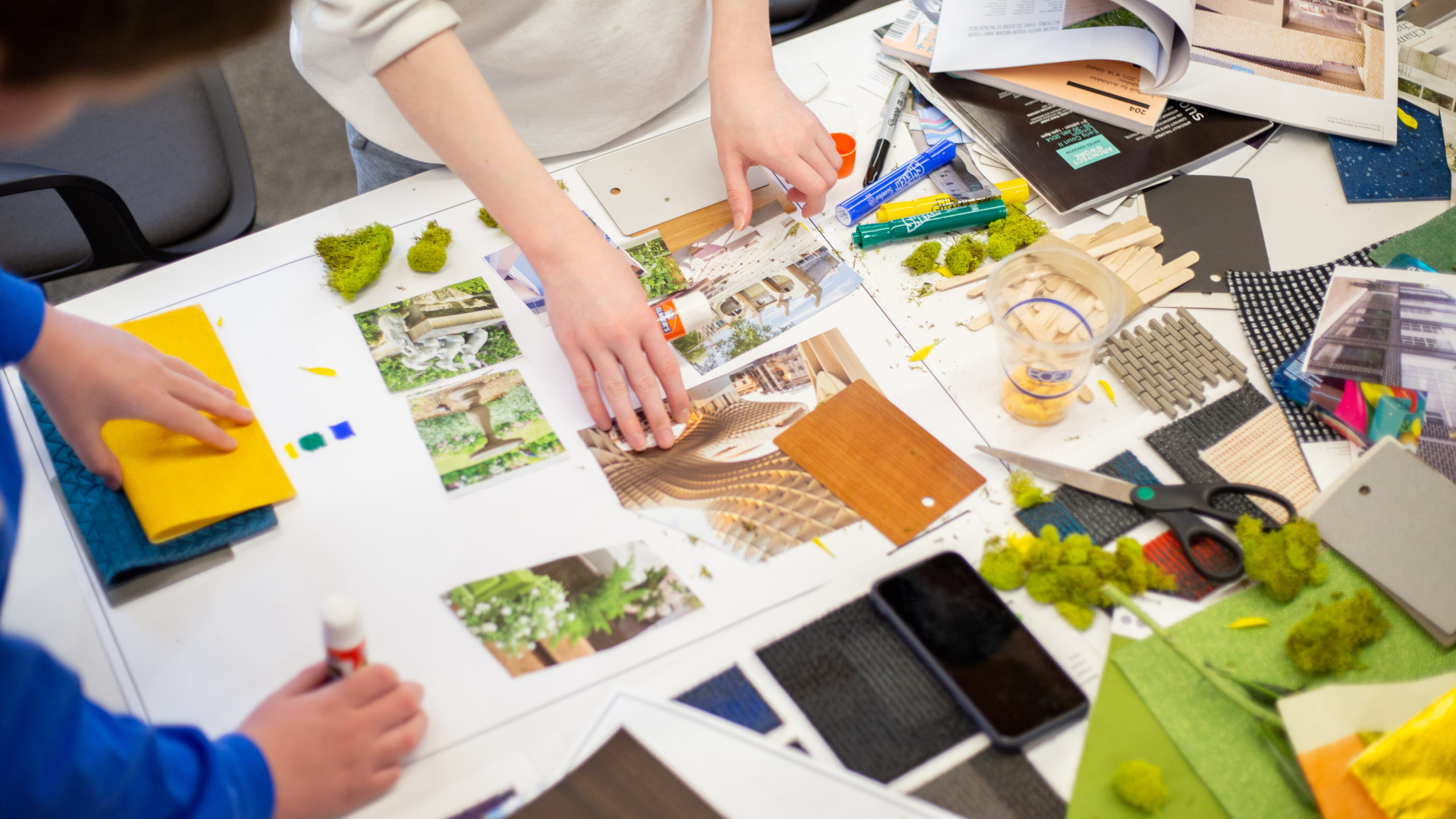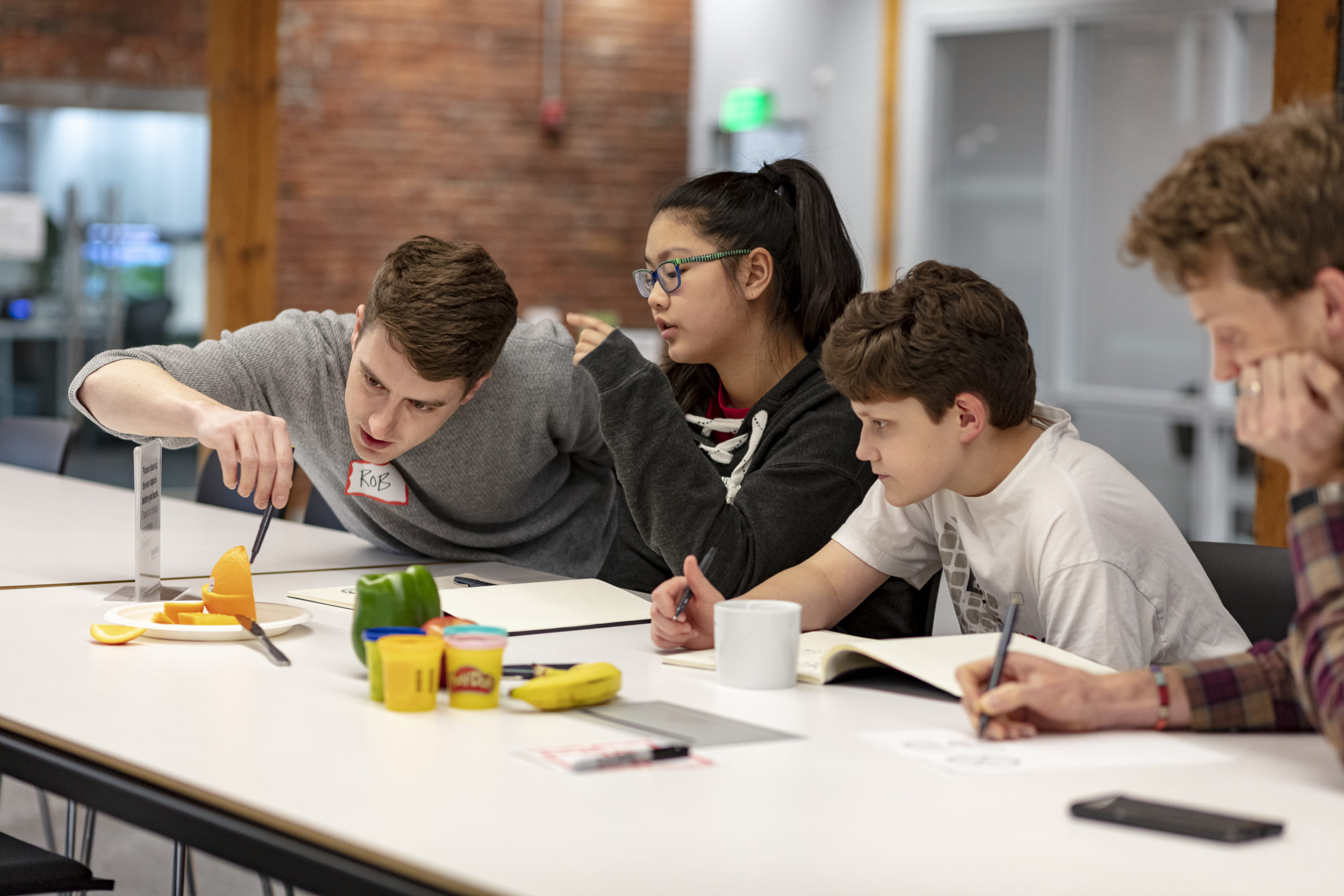2019-2020 Design Mentorship Program
Incubator at Sasaki
About the Program
The Design Mentorship Program has the potential to chart the course for students’ education and career paths.
The Sasaki Foundation Design Mentorship Program, launched in 2019 through a partnership with American Student Assistance, provides the opportunity for local middle school students to discover what is possible through the field of design. Through a monthly after-school program, students receive extensive exposure to careers in design as provided by Sasaki designers. Students are beginning to explore their interests in the field of design, and through the program are better exposed and more uniquely positioned to assess the future opportunities available to them.
Read more about our 2019-2020 Design Mentorship Program with Watertown Public Schools.
2019-2020 Design Mentorship Program
Watertown, Massachusetts

Activities
The program structure introduces students to the various aspects of the design process and design thinking. At the program kick-off event, Sasaki designers share how they first became interested in the field of design, why they chose design as their career path, how they got to where they are today, and what types of projects they work on at Sasaki. Sasaki design mentors guide the monthly sessions over the rest of the school year.
Each session focuses on a specific facet of the design profession while teaching a consistent design communication toolkit. Planned activities include these hands-on skills, demonstrations of virtual reality, understanding of broad design concepts, and journal writing about what they are learning. Skill sets—such as drawing, speed sketching, diagramming, modeling, team collaboration, and presentation and critique—are focused to different degrees in each exercise. Developing this universal set of skills gives exposure to design and allows each student to gravitate to their preferred style of expression.
Outcomes
The Sasaki Foundation’s goal is to have students come away from this experience with a better understanding of design and the opportunities in design that exist. Playful and imaginative activities allow us to explore some of the key aspects of the design process—there is no right answer, it takes many drafts, no design will be the same, there is a limited amount of time—in a stress-free environment. Our 2019-2020 students, many of whom had never participated in these types of design sessions, were enthusiastic and brought out-of-the-box creative approaches.
At the end of the 2019-2020 school year, half of the students expressed interested in potentially continuing their design education through our SEED program, and would recommend our design education programs to their friends. Our ultimate hope is that students decide to pursue a career in design, where we will play a part in promoting equity and accessibility to the field.
Read more about the 2019-2020 Design Mentorship Program on the blog.

2019-2020 Design Mentorship Program students learning about sections
Incubator at Sasaki
